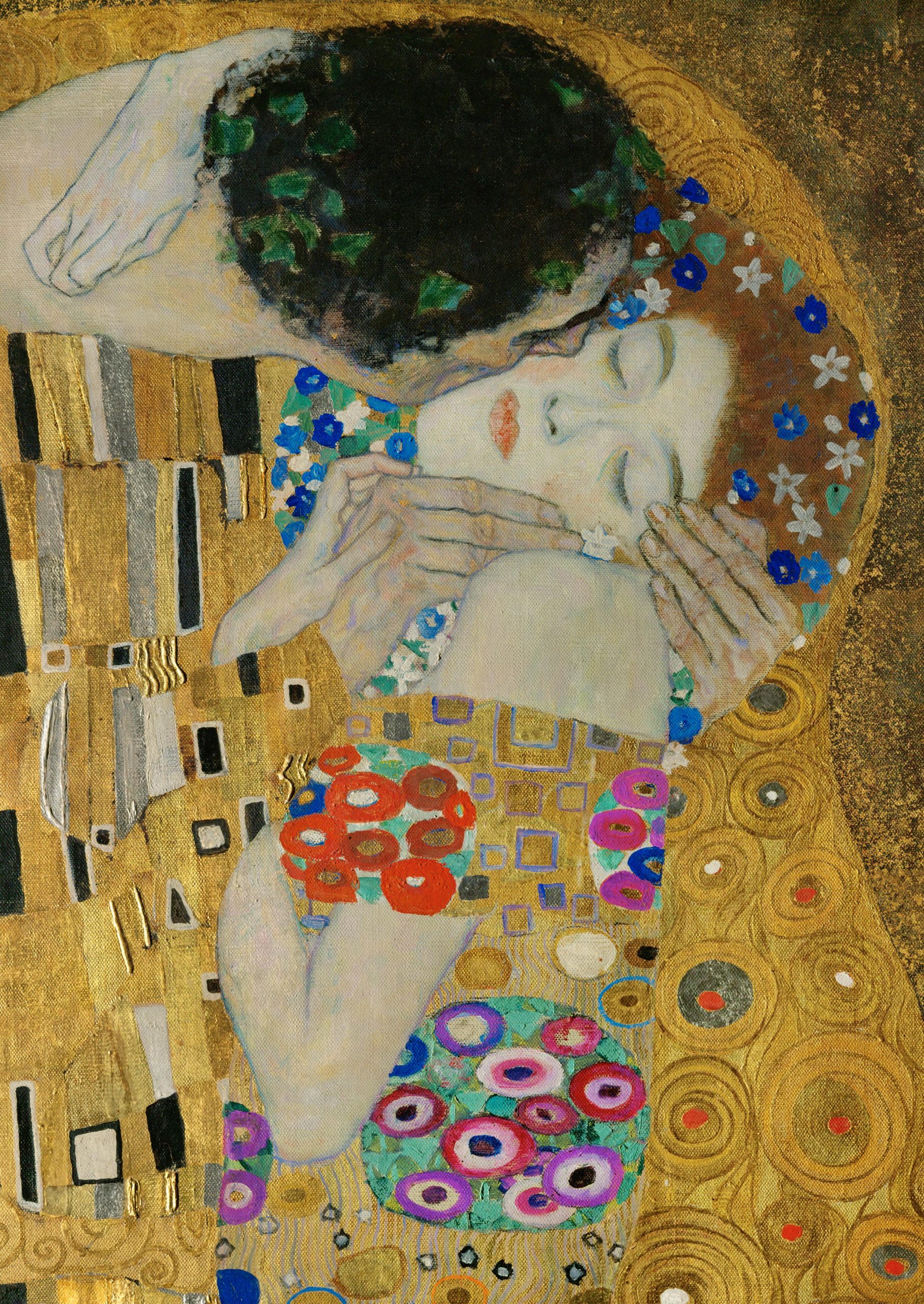
- This course has passed.
Cities Of Light, Cities Of Darkness: Vienna And Paris Around 1900
26 April 2023 - 28 June 2023
10.45 – 12.45 Wednesdays
£66.00 – £550.00

Description
Vienna and Paris are rarely brought into ‘conversation’ with each other. Yet the cross-currents between these two great cities around 1900 powered exciting, sometimes disturbing new visions in European art and thought which resonated throughout the twentieth century. We will examine the ways artists and other cultural figures – writers, musicians, and architects – shaped the birth of the modern spirit and the fabric of urban life, in these intensely productive decades which lead inexorably to the Great War.
“I am so happy to found you! I look forward to the days when I have a class”
Course Outline
26 Apr 2023 – Designing The Modern City: Ringstrasse Vienna, Haussmann’s Paris
Franz-Joseph, Habsburg Emperor, mandated the construction of a series of magnificent public buildings on a vast tract of land circling the old city of Vienna – the Ringstrasse – the scale and grandeur of which continue to impress today. Napoleon III commissioned Baron Haussmann to transform the city of Paris and its Boulevards. We will ‘flâneur’ our way round these glittering, at times disconcerting, developments.
03 May 2023 – Edouard Manet And His Followers: The Birth Of The Avant-Garde
Manet was the archetypal Parisian ‘flâneur’. He lived through Haussmann’s reconstructions, the Paris Commune, and the inexorable rise of the bourgeoisie. Famously exhorted by Charles Baudelaire to paint modern life, we will examine the art of Manet and his circle, the spectacle, and the shock of the new.
10 May 2023 – To Every Age Its Art: Gustav Klimt And The Vienna Secession
Why did Gustav Klimt, Vienna’s most successful modern artist, turn his back on public acclaim to paint almost exclusively for private commissions? We will follow Klimt’s trajectory as he rejects the Vienna’s conservatism to form the progressive ‘Vienna Secession’ with their brilliantly successful ‘Secession Exhibitions’ (Alma Mahler loved them!), Klimt’s sensual ‘society portraits’ and his impact on younger artists.
17 May 2023 – ‘Wagnerism’ In Paris And Vienna
Wagner’s music dramas, and the concept of the ‘total artwork’ were hugely influential on the visual arts in Paris and Vienna. We will explore the Wagner effect, through the writings of Baudelaire and the impact on the French symbolists, and in Vienna, the imperative to create the total artwork in the visual arts – and new modern stagings at the Vienna Court Opera.
24 May 2023 – Decorative Arts Transform The Modern World – Art-Nouveau And The ’Vienna Workshops’ (Wiener Werkstätte)
This survey of highpoints will feature Hector Guimard, Siegfried Bing’s Maison Bing de l’art nouveau’; architect Otto Wagner’s notable contributions to Vienna’s ‘Secession-style’; the founding of the Vienna Workshops (Wiener Werkstätte) modelled on Britain’s arts and craft movement. How was Paris’ organic ‘whiplash’ transformed into Vienna’s flattened geometric form?
31 May 2023 – Dream Stories – Freud’s Vienna
Can we imagine the twentieth century without the birth of psycho-analysis? Would it have happened anywhere else but Vienna? Yet Freud’s formative ideas were born in the Salpêtrière Hospital in Paris. We track the cultural impact of his dream theories, sexuality and the unconscious through literature and art, in the imagery of the time, the stories of writer Arthur Schnitzler, the early works of Oskar Kokoschka.
07 June 2023 – Paris, Vienna: Café, Cabaret!
The Parisian café was a favoured setting for glittering and sometimes unsettling aspects of modern-life painting. In Vienna, the coffee house was synonymous for ideas exchange between groups of writers, artists and other figures – including the eccentric, neurasthenic poet, Peter Altenberg. Cabaret life in both cities celebrated avant-garde and new art in all its different forms.
14 June 2023 – Symbolism: The Sacred And The Profane
What was ‘symbolism’? Why did artists and writers seemingly retreat from modern life to that of the imagination and dreams, frequented by figures from myth, religion, ancient legend and the fairy world? We will look at the visions of artists Odilon Redon, Auguste Rodin, the writings of Huysmans and Mallarme, and the influence of Symbolist artists in Vienna.
21 June 2023 – Vienna’s Expressionism: Alienation And Anxiety
Portraiture famously held particular significance in Vienna, an expression of the inner life of the subject, often depicting anxiety and alienation associated with a rise in nationalism, institutionalised anti-Semitism, and the pending collapse of the Austro-Hungarian Empire. Kokoschka, Egon Schiele and others also recognised the appeal of such states-of-being to the progressive, art-loving middle-classes. Even composer Arnold Schoenberg contributed to this unsettling art-form.
28 June 2023 – ‘The Woman Question’ In Vienna And Paris: Muse, Mother, Femme- Fatale?
‘Woman’ was portrayed as many things at this time – muse, femme-fatale, femme-fragile, hysteric – and sometimes all these stereotypes. We will explore ‘the woman question’, through visual imagery and dip into the lives of Alma Mahler, Emily Flöge, designer and life-long companion of Klimt, and American-born dance pioneer Loïe Fuller, star of the Paris Universal Exhibition 1900.